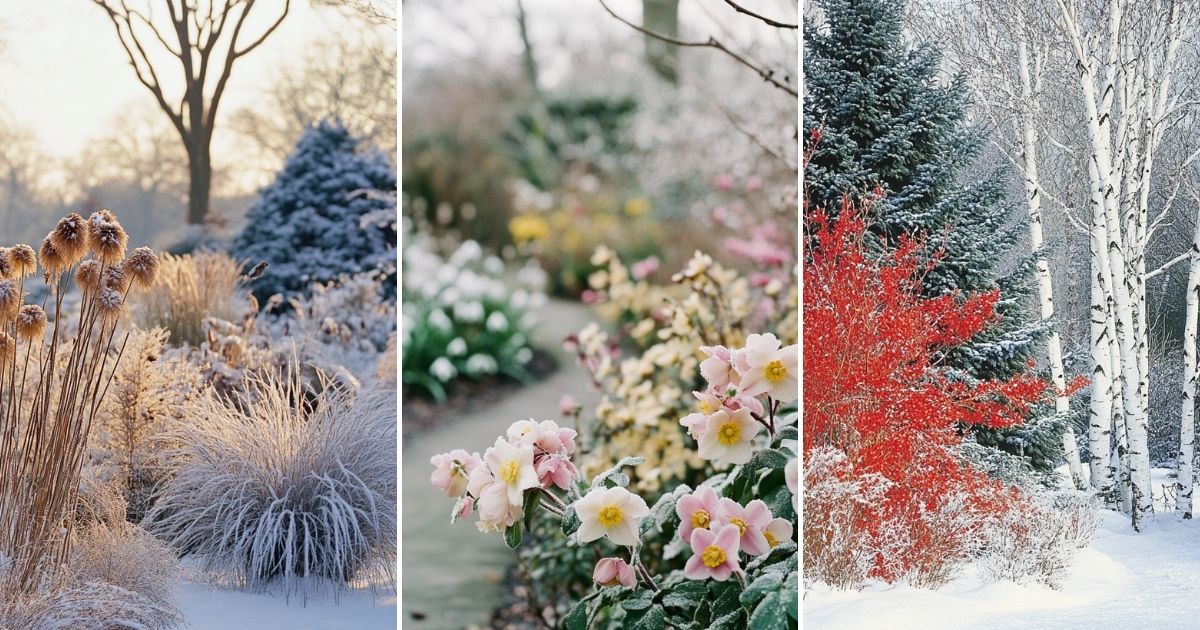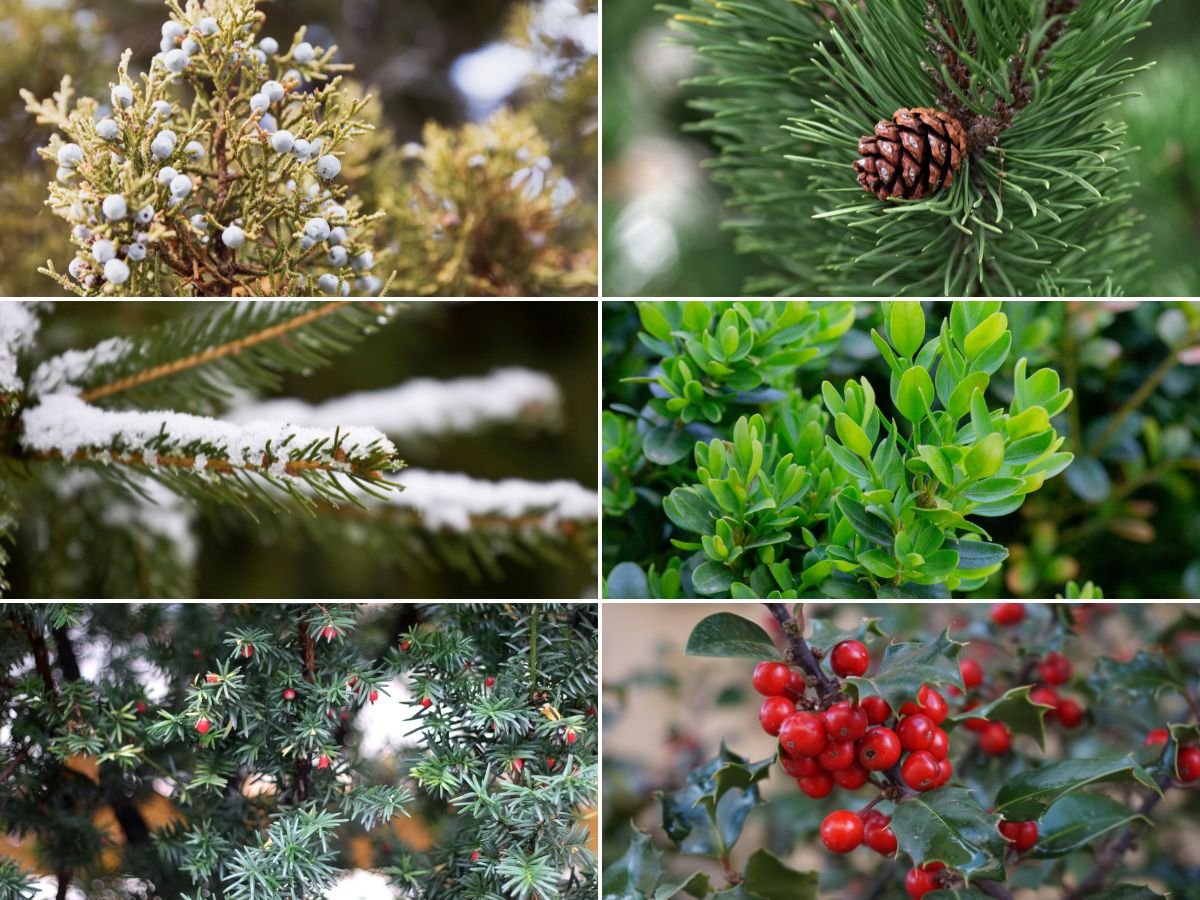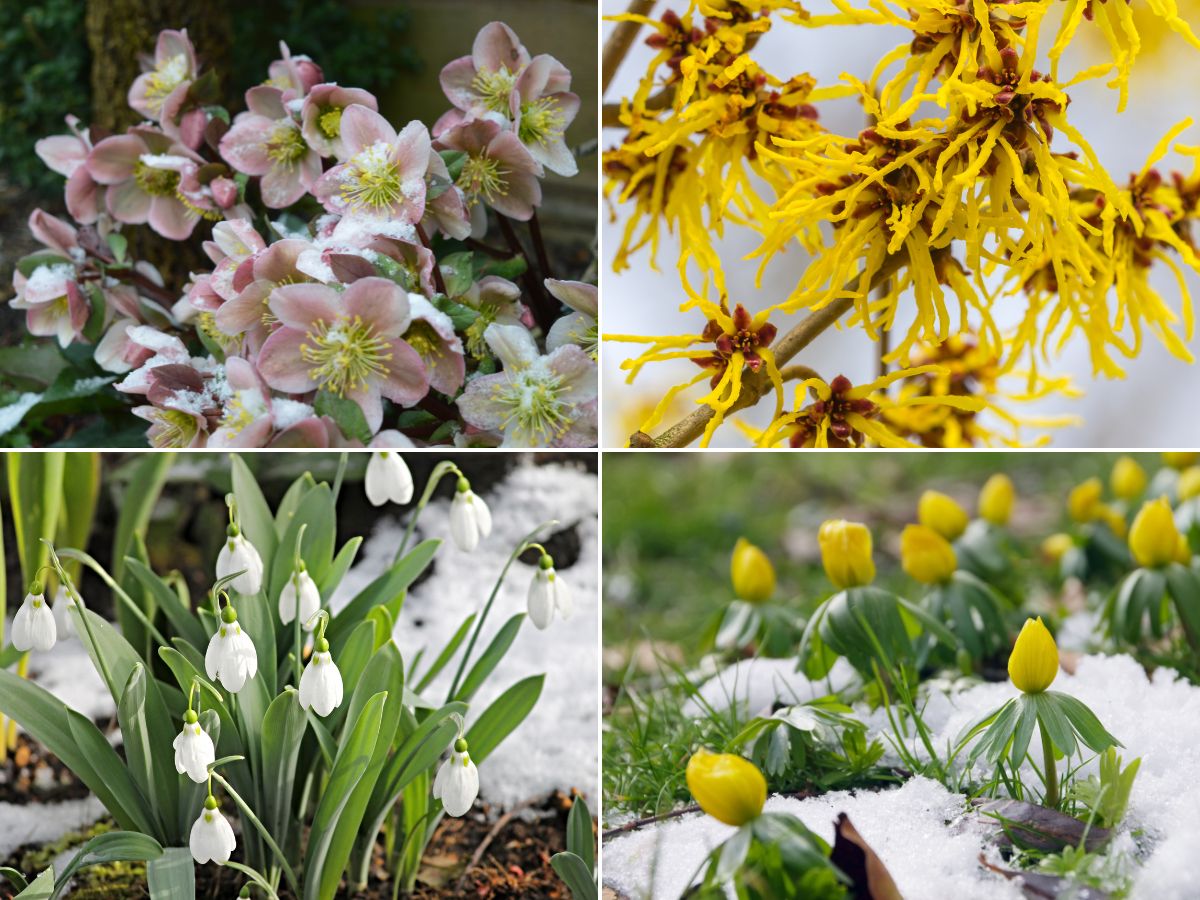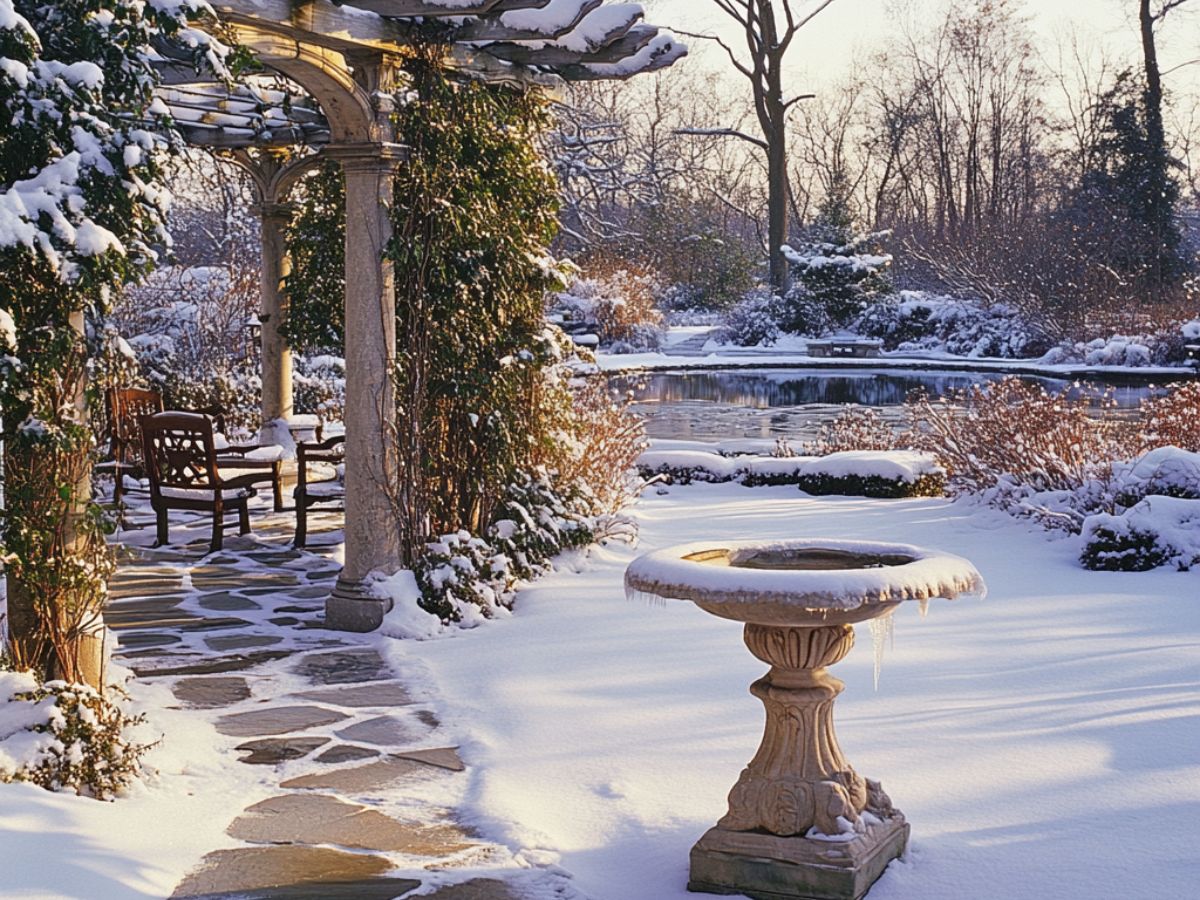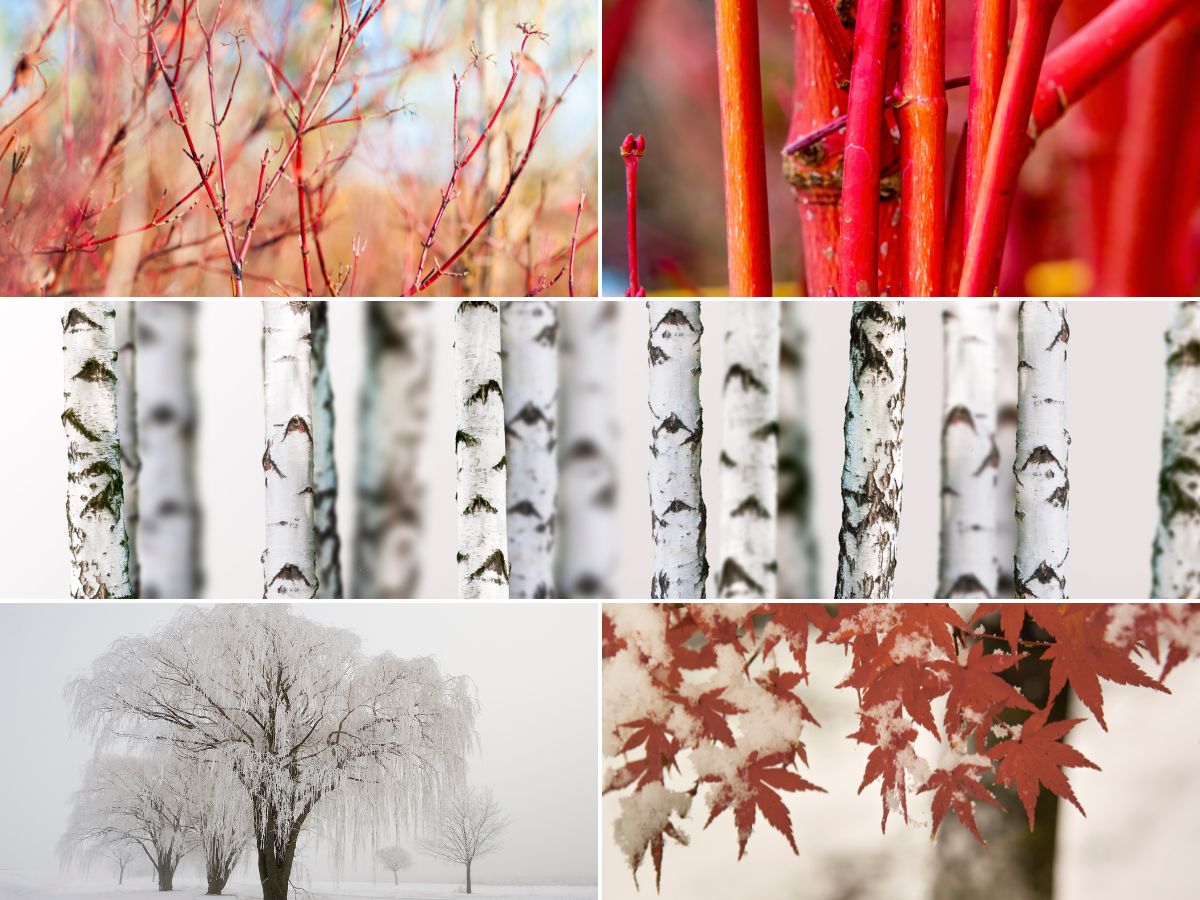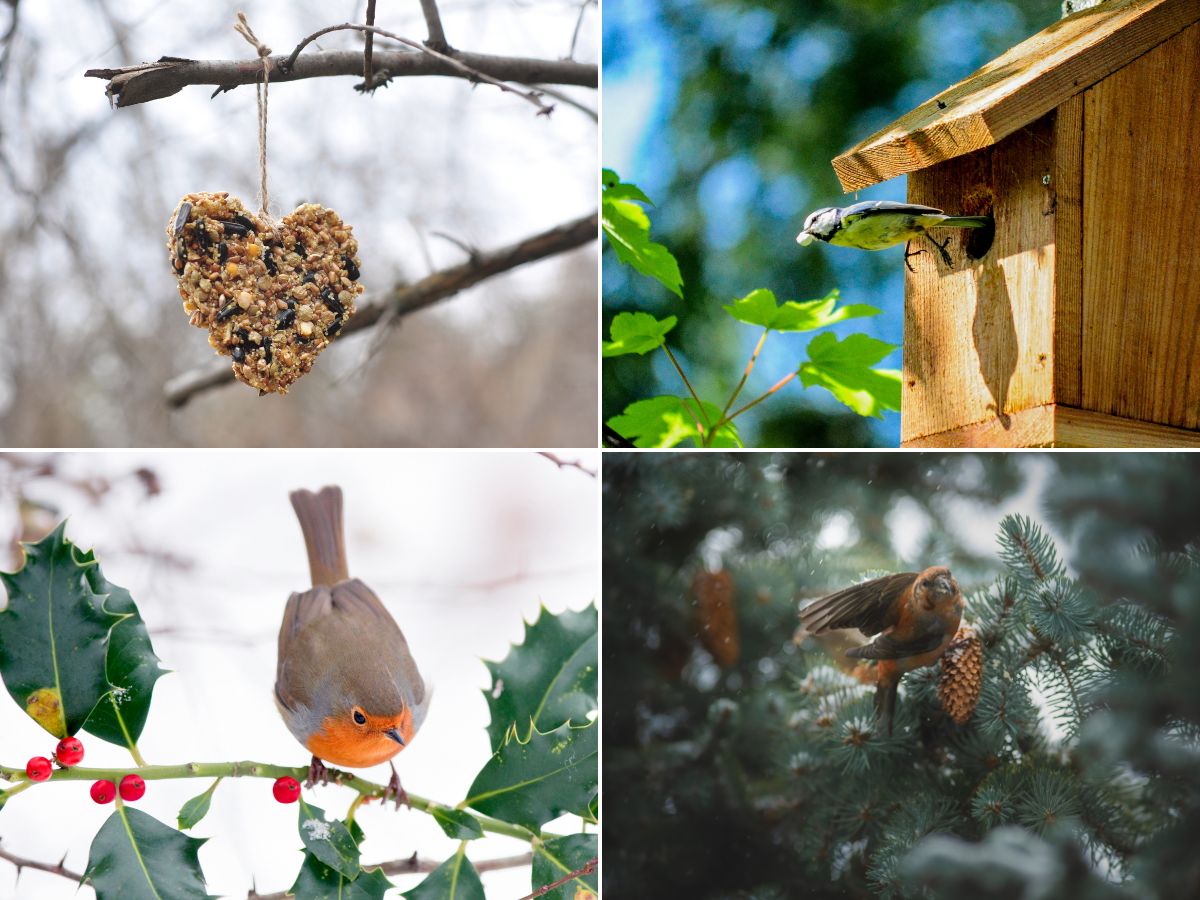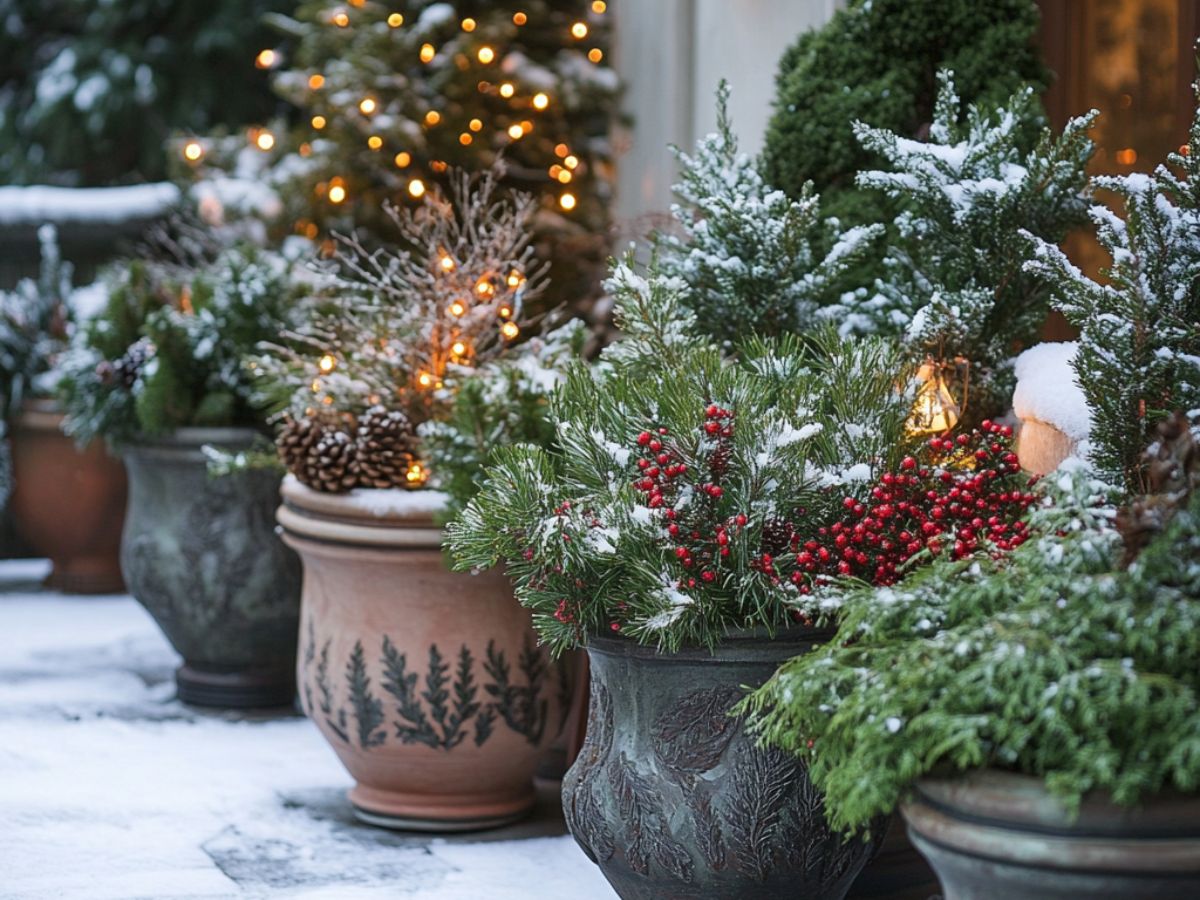When the chill of winter sets in, many gardeners put away their tools and prepare for a season of rest.
But with a little planning and creativity, your winter garden can be just as enchanting as any summer bloom. Even in the colder months, you can cultivate a captivating landscape that offers texture, color, and visual interest.
Whether you live in an area with snowy winters or mild frosts, these seven tips will help you transform your outdoor space into a winter wonderland.
Let’s dive into how you can make your garden shine, even when temperatures drop.
1. Embrace Evergreens for Structure and Color
Evergreens are the backbone of any winter garden. While other plants may lose their leaves and go dormant, evergreens provide year-round structure and color.
Their rich greens, blues, and silvers create a strong foundation for your winter landscape, offering a beautiful contrast to the frost or snow.
Consider planting a variety of evergreens, such as junipers, pines, and spruces, which come in a range of shapes and sizes. For a bit of texture, opt for boxwoods or yews, which can be trimmed into topiaries for a whimsical touch.
Don’t be afraid to mix in evergreen shrubs like holly, which adds a festive element with its vibrant red berries.
Pro Tip: Group different evergreen varieties together to create a layered look. This not only adds depth to your garden but also creates natural protection for wildlife, such as birds seeking shelter in the cold.
2. Incorporate Winter-Blooming Plants
Yes, there are flowers that thrive in winter! Planting winter-blooming varieties is a delightful way to bring a pop of color to an otherwise muted garden.
Hellebores, also known as Christmas roses, are a perfect choice. These hardy perennials bloom in shades of pink, white, and purple during the cold months, standing strong against the frost.
Another lovely winter bloomer is the witch hazel, which produces spidery, fragrant flowers in yellows and oranges.
These small trees or large shrubs are perfect for adding height and interest to your winter garden. Snowdrops and winter aconites, with their delicate blooms, are also excellent options for adding a touch of elegance to borders or walkways.
Pro Tip: Plant winter-blooming bulbs in the fall to ensure they’re ready to bloom as soon as winter arrives. Mixing these with evergreen plants creates a harmonious and lively winter display.
3. Utilize Grasses and Seed Heads for Texture
While many plants lose their leaves in winter, ornamental grasses and seed heads from summer perennials can provide fascinating textures and movement in the garden.
Grasses such as Miscanthus, Pennisetum, and Feather Reed Grass maintain their graceful forms even when topped with snow or frost. The way they sway in the winter breeze adds dynamic movement, bringing life to a seemingly still landscape.
Seed heads from plants like Echinacea (coneflower), Rudbeckia (black-eyed Susan), and hydrangeas create sculptural interest and can stand tall throughout the winter months.
They also serve an important role for wildlife, as birds can feed on the seeds while adding charm to your garden’s winter aesthetic.
Pro Tip: Leave seed heads and grasses intact through winter rather than cutting them back in fall. This not only preserves their beauty but also provides food and shelter for birds, creating a garden that’s both functional and beautiful.
4. Focus on Hardscaping and Garden Features
Winter is the perfect time to let your hardscaping and garden features take center stage.
When plants go dormant and flowers fade, the structural elements of your garden become more pronounced. Stone pathways, garden benches, trellises, and pergolas stand out beautifully against the muted backdrop of winter.
Consider adding a focal point like a birdbath, sundial, or statue that can be appreciated year-round. A well-placed arbor or archway adds a touch of elegance and frames views of your garden, even when it’s not in full bloom.
Water features such as ponds or small fountains, especially if they don’t freeze over, can provide a soothing element and reflect the winter light, adding a magical touch.
Pro Tip: Use lighting to highlight your garden features. Well-placed solar lights or spotlights can accentuate the shape and texture of trees, shrubs, or statues, making your garden sparkle in the evening hours.
5. Play with Colorful Bark and Branches
Winter landscapes don’t have to be devoid of color. One often-overlooked way to add vibrancy to your garden is through the use of plants with colorful bark and branches.
Trees like the red-twig dogwood or the coral bark maple have stunning branches that stand out against the winter sky, providing striking visual interest even without leaves.
Birch trees, with their peeling white bark, offer a sophisticated and calming presence in any winter garden.
The deep reds, oranges, and yellows of certain willows and maples can create a beautiful contrast to evergreen foliage or a snowy backdrop. These colorful elements draw the eye and can turn an otherwise bare garden into an artistic display.
Pro Tip: Plant colorful bark varieties in groups for maximum impact, or position them where they can be easily seen from a window, so you can enjoy the view even from indoors on chilly days.
6. Add Bird-Friendly Elements
One of the joys of a winter garden is the flurry of bird activity as they search for food and shelter. By incorporating bird-friendly features, you not only enhance the visual appeal of your garden but also support local wildlife during the colder months.
Hang feeders filled with seeds or suet from tree branches or install birdhouses that provide shelter from the cold.
Shrubs with berries, such as holly, viburnum, and pyracantha, offer a natural food source for birds while adding bright spots of color to your garden.
Evergreen trees and dense shrubs give birds a place to nest and hide from predators. Watching birds flit about in the garden brings life and movement to a tranquil winter scene.
Pro Tip: Place bird feeders near windows or garden seating areas so you can enjoy watching your feathered visitors up close. Be sure to clean feeders regularly to prevent disease, and offer a variety of food to attract different species.
7. Use Winter Containers for Seasonal Interest
Don’t pack away those garden containers just yet! Winter containers can be just as charming as their summer counterparts.
Fill your pots with a mix of evergreens, cold-tolerant perennials, and ornamental branches or berries to create eye-catching displays for porches, patios, or along pathways.
Consider using plants like wintergreen (Gaultheria), heather, and dwarf conifers for a hardy winter container. You can also add decorative elements like twigs, pinecones, or even LED lights to give your arrangements a festive glow.
Winter containers are a great way to add bursts of color and texture to areas of the garden that may otherwise feel bare.
Pro Tip: Choose frost-resistant pots to prevent cracking, and use soil that drains well to avoid waterlogged roots. Arrange your containers in clusters for a fuller look, and switch out elements as the season progresses to keep things fresh and interesting.
Winter is often seen as a time when gardens fall silent, but with a little creativity, it can become a season of beauty and inspiration.
By focusing on evergreen plants, incorporating interesting textures, and adding bird-friendly elements, you can create a landscape that delights all winter long.
With these seven tips, you’ll find that your garden can be just as spectacular in the cold months as it is in the warmth of spring and summer.
Whether you’re sipping a cup of cocoa while gazing out the window or enjoying a brisk walk through your frosty garden, the splendor of winter is something to celebrate. Embrace the season, and let your winter landscape shine.
